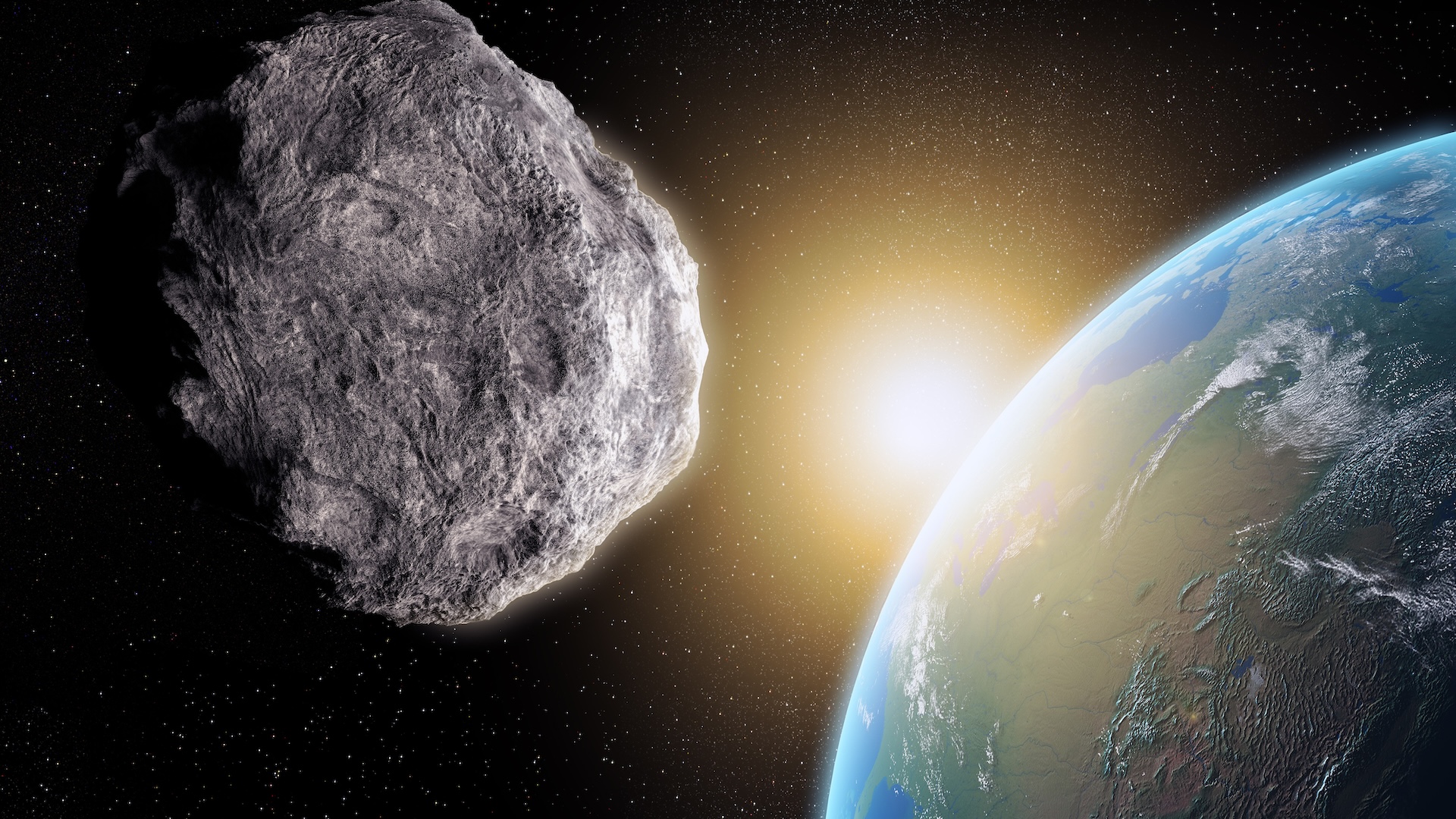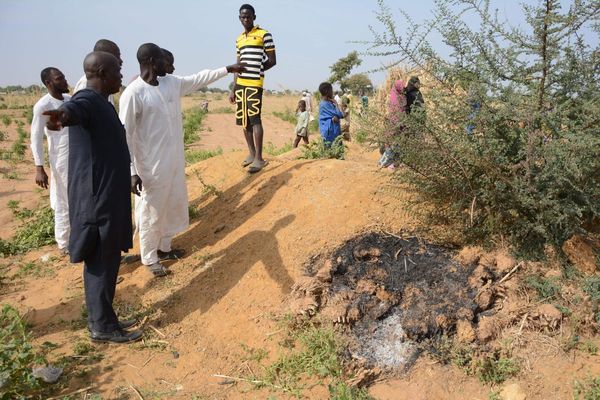
Earth is set to gain another moon by the end of the month — a small asteroid that will be snared by our planet's gravity until the end of the year, scientists say.
The mini-moon, an asteroid called 2024 PT5, was spotted by the Asteroid Terrestrial-Impact Last Alert System (ATLAS) on Aug. 7. The space rock will make one complete orbit of our planet between Sept. 29 and Nov. 25 before escaping Earth's gravity.
Yet despite this 57-day close flyby of our planet, the asteroid will be hard to spot as it's just 33 feet (10 meters) wide.
Our planet occasionally snags extra moons. For instance, a similar event occurred in 1981 and 2022, when the object 2022 NX 1 became an ephemeral companion to our planet before swinging further away, the astronomers noted. The researchers published their findings in September in the journal Research Notes of the AAS.
Related: Undiscovered extra moons may orbit Earth. Could they help us become an interplanetary species?
"Earth can regularly capture asteroids from the Near-Earth object (NEO) population and pull them into orbit, making them mini-moons," the researchers wrote in the paper. "The recently discovered Apollo-class NEO 2024 PT5 follows a path that resembles that of 2022 NX1 and may soon become a mini-moon."
NASA deems any space object that comes within about 120 million miles (190 million kilometers) of Earth a "near-Earth object" and classifies any large object within around 4.7 million miles (7.5 million km) of our planet as "potentially hazardous." NASA tracks the locations and orbits of roughly 28,000 asteroids usingATLAS, an array of four telescopes that performs a scan of the entire night sky every 24 hours.
NASA has estimated the trajectories of all these near-Earth objects beyond the end of the century. Earth faces only a tiny risk of an apocalyptic asteroid collision for at least the next 100 years.
According to the new study, 2024 PT5 likely originated from the Arjuna asteroid belt — a diverse jumble of space rocks that orbit the sun close to our planet. Due to its orbit being closely matched to our own, calculations indicate the asteroid will orbit Earth again in January 2025 and then in 2055.
Mini-moons aren't just curiosities for asteroid-watchers. Research suggests that the rocks hold valuable minerals and water that can be used for rocket fuel, making them ideal "stepping stones" for companies preparing to mine asteroids.
!["[T]he First and Fifth Amendments Require ICE to Provide Information About the Whereabouts of a Detained Person"](https://images.inkl.com/s3/publisher/cover/212/reason-cover.png?w=600)






